Table of Contents
The Early Life of Michael Faraday
Family
Michael Faraday was born on 22 September 1791 in Newington, Surrey in England. His father migrated in1971, from north England and was a blacksmith. His mother was a noble and wise person in the town. She supported Michael in his difficult childhood not only mentally but also physically.
Siblings
Michael has three siblings. They used to fight for a bread they might get rarely. Faraday was from a very underprivileged family and hence did not have much education.
Education
He just had a formal education at a church Sunday school. At the age of fourteen, he was apprenticed to a bookbinder and did many other jobs to suffice his family.
He started reading the books which came for binding and eventually developed a deep interest in the study of electricity and magnetics and at large in physics.
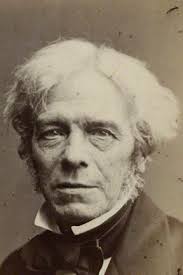
At those times the education ideology was that of, “spare the whip, spoil the child”, and that belief with the speech barrier one day led the school teacher to beat young Michael so severely that her mother decided to never trust public education again.
Early experiments
He started to experiment with the limited resource he had like the old plastic bottles, cans, loose wires etc. he had gained so much knowledge at a young age, he even made an electrostatic generator from the trash and a voltaic pile which he used to use for his electrochemistry experiments.
The Royal Institution
In 1812, he got a chance to sit in a series of lectures by a renounced chemist Humphry Davy. After the lectures, Michael prepared a job application and notes from the lectures by Davy and sent him the letters in hope to assist him at the royal institution.
After a year in 1813, Davy considered his application and gave him the apprenticeship of assisting him in his projects. In 1814 he was invited by Davy along with his wife, to visit Europe and meet various influential scientists who have been working for many different causes.
In 1815, after they returned from their trip faraday continued to work at the royal institution and later gained a full his name as the most knowledgeable chemist in the city.
He was then used to be called in the legal trials to present as an expert witness in the trial. He used the money from the clients to develop the royal institution and to equip the place with the best tools he could give for experiments. In 1826, he even started evening discussion sessions and Christmas lectures at the royal institution.
Inventions and Discoveries
Discovery of Chemical Compounds

In 1820, he discovered the first compounds with the elements of chlorine (Cl17) and carbon (C6) which were C2Cl6 (hexachloroethane) and C2Cl4 (tetrachloroethane). He also isolated and explained a compound of carbon and hydrogen, Benzene (C6H6).
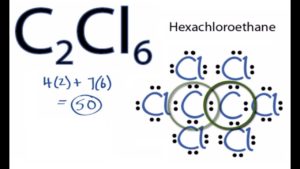
In the same year, he invented and studied steel alloys which helped in the foundation of the departments of metallurgy and metallography.
Discovery of high Refractive Index Lens
While completing his assignment at London University he also discovered a very high refractive index glass which helped him see a clear image from his telescope. This study of refractive index and glasses helped him in the discovery of diamagnetism in 1845.
Marriage
In 1821, he married Sarah Barnard and permanently settled in the royal institution and started his research for the discovery of theories and tools for which he is known today.
The invention of Electric Motor
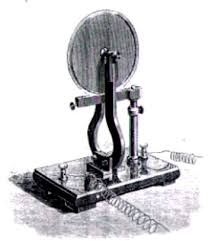
In 1820, Hans Christian Orsted described that a magnetic field is produced around an electric wire, and André-Marie Ampère showed that the magnetic force is a circular one. Faraday with his laboratory skills and knowledge he concluded that if the magnetic pole is to be isolated it would move around an electrical wire in a circle. This mechanism was the example of the conversion of electrical energy into mechanical energy. This came to be known as the first electric motor.
Electromagnetic Induction
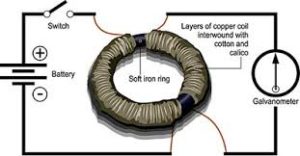
In 1831, Faraday discovered the theory of electromagnetic induction and the mechanism of the electric generator and transformer. This technology was responsible for the discovery of many other powerful technologies.
For a while, he worked on his idea of electricity. He was partially responsible for the formation of the words like cathode, ions, electronic particles etc. faraday used to utilize his knowledge by giving lectures in his free time including scientific advice.
He was a professor at the royal military academy in Woolwich from 1830 to 1851 and a scientific adviser to trinity house from 1836 to 1865.
Other famous Inventions
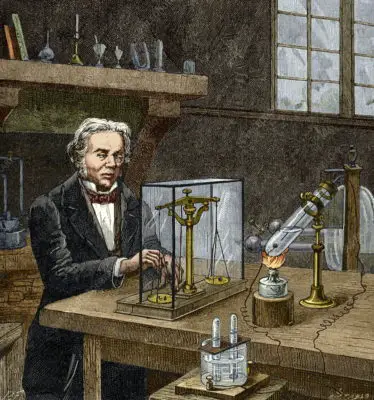
His inventions are all over and are very well still used and studied. Some of his extraordinary inventions are the theory of electromagnetic induction, the theory of electrochemistry, the electric motor, the process of electrolysis, homopolar generator, bicycle dynamo, electric generator and several others.
Honours to Michael
To his great discoveries and researches, he was given the title of knighthood by Queen Victoria and was offered a house at Hampton Court. He refused the title of knighthood due to some religious issues. But accepted the house where he lived his later years of life.
In 1846, speculation hit faraday in one of his lectures at royal institution evening discussion, he said that the electric and magnetic force produced by these atoms in the surroundings might be the medium through which light travels. On his speculation years later Maxwell derived his electromagnetic field theory.
Famous Books by Michael Faraday
The Chemical History of a Candle
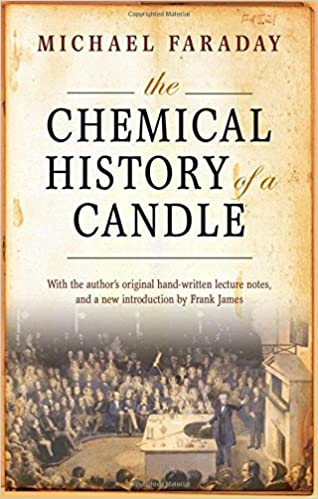
The Chemical History of a Candle was published in 1861. It was a collection of series of lectures given by Michael at the royal institution in 1848 as the Christmas lectures he founded. The series of six lectures include chemistry and physics of the study of flames. Michael describes the different combustion zones in a candle flame and studies the presence of carbon particles in the luminescent zone.
Lectures on the Forces of Matter
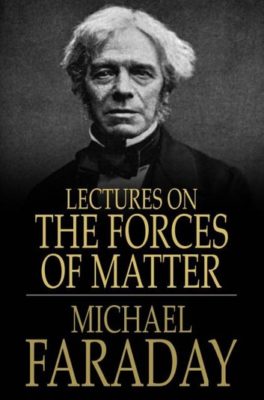
It was originally published in 1860. It was delivered and recorded before a juvenile auditory held at the royal institution during the Christmas holidays in the year 1859-1860. The book consists of lectures on Gravitation, Cohesion, Magnetic Affinity, The correlation of the Physical Forces etc.
Experimental Researches in Electricity
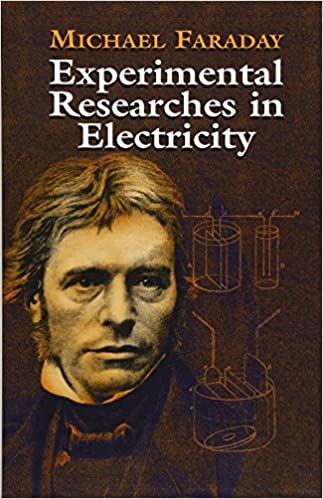
The book was published in 1832. It consists of various experiments Michael faraday did like the Ampere’s experiment, Arago’s experiment etc. he experienced that the electricity of power poses a tension which possesses a power to cause an opposite electric state.
The Demise of Michael Faraday
After years of his rigorous inventions and scientific exposure to chemicals, his health started to degrade. He eventually died on 25 august 1867 at Hampton Court and was buried beside his wife Sarah in Hampton court itself. He was given recognition for his contribution to the field of science. He even gave his name to an electrical charge unit ‘farad’ later known as the unit of electrical capacitance.